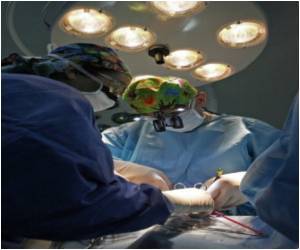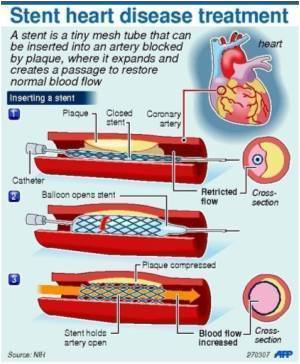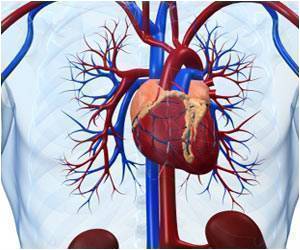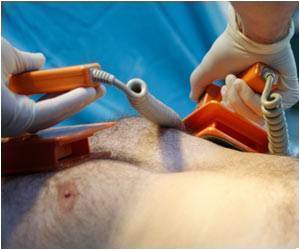The randomised study of the vitamin niacin in patients with occlusive arterial disease (narrowing of the arteries) has shown a significant increase in adverse side-effects.

Niacin has been used for decades to help increase levels of "good" HDL cholesterol and to decrease levels of "bad" LDL cholesterol and triglycerides (fats) in the blood in people at risk of cardiovascular problems such as heart disease and stroke. However, it has a number of side-effects including flushing of the skin. Another drug, laropiprant, can reduce the incidence of flushing by blocking the prostaglandin D2 receptor that is involved in the process. Therefore, the HPS2-THRIVE study investigated whether combining extended-release niacin with laropiprant (ERN/LRPT), given in addition to an LDL cholesterol-lowering statin, simvastatin, could reduce the risk of cardiovascular problems in people at high risk due to existing occlusive arterial disease.
A total of 25,673 patients from China, the UK and Scandinavia were randomised between April 2007 and July 2010 to receive either 2g of extended release niacin plus 40 mg of laropiprant or matching placebo. In addition, all participants received intensive LDL cholesterol-lowering therapy with simvastatin (with or without ezetimibe). Researchers from the Clinical Trial Service Unit & Epidemiological Studies Unit (CTSU) at the University of Oxford (UK), who were responsible for designing and conducting the trial and analysing the results, followed the patients for an average of 3.9 years.
By the end of the study, 25% of patients taking ERN/LRPT had stopped their treatment, compared with 17% of patients taking placebo.
Jane Armitage, Professor of Clinical Trials and Epidemiology & Honorary Consultant in Public Health Medicine at the CTSU, said: "The main reason for patients stopping the treatment was because of adverse side-effects, such as itching, rashes, flushing, indigestion, diarrhoea, diabetes and muscle problems. We found that patients allocated to the experimental treatment were four times more likely to stop for skin-related reasons, and twice as likely to stop because of gastrointestinal problems or diabetes-related problems.
"We found that, in the trial as a whole, participants in the experimental arm had a more than four-fold increased risk of myopathy (muscle pain or weakness with evidence of muscle damage) compared with the placebo group. This is highly significant. It appeared that this effect was about three times greater among participants in China than those in Europe, for reasons that are not clear. In the placebo arm (i.e. those on statin-based treatment alone), the statin-related myopathy was more common among participants in China than those in Europe. Therefore – in combination with the greater effect of ERN/LRPT on myopathy in China – the excess number of cases of myopathy caused by ERN/LRPT (though low in both regions) was over ten times greater among participants in China than those in Europe (0.53 percent per year compared to 0.03 percent per year)."
Advertisement
The researchers will be presenting full results on the cardiovascular outcomes at the annual meeting of the American College of Cardiology in March and these will be published in another paper afterwards [2].
Advertisement
In an accompanying editorial [3], Professor Ulf Landmesser, of the University Hospital Zurich (Switzerland), points out that although the study showed an increase in myopathy, it also showed that the ERN/LRPT substantially lowered LDL cholesterol and triglycerides by nearly 20%. He writes that these observations "raise important questions as to why niacin/laropiprant did not reduce major cardiovascular events", and he wonders whether laropiprant "is really biologically inert with respect to atherosclerosis and thrombosis".
He concludes that "niacin has failed as a valuable 'partner' of statin therapy in lipid-targeted approaches to further reduce major cardiovascular events in high-risk patients". He continues: "At present, statin therapy has been clearly shown to reduce vascular events effectively and is reasonable well tolerated in most patients. We will still have to wait for the results of … ongoing studies to see whether another lipid-targeted intervention can further reduce vascular events in addition to statin therapy."
Source-Eurekalert












